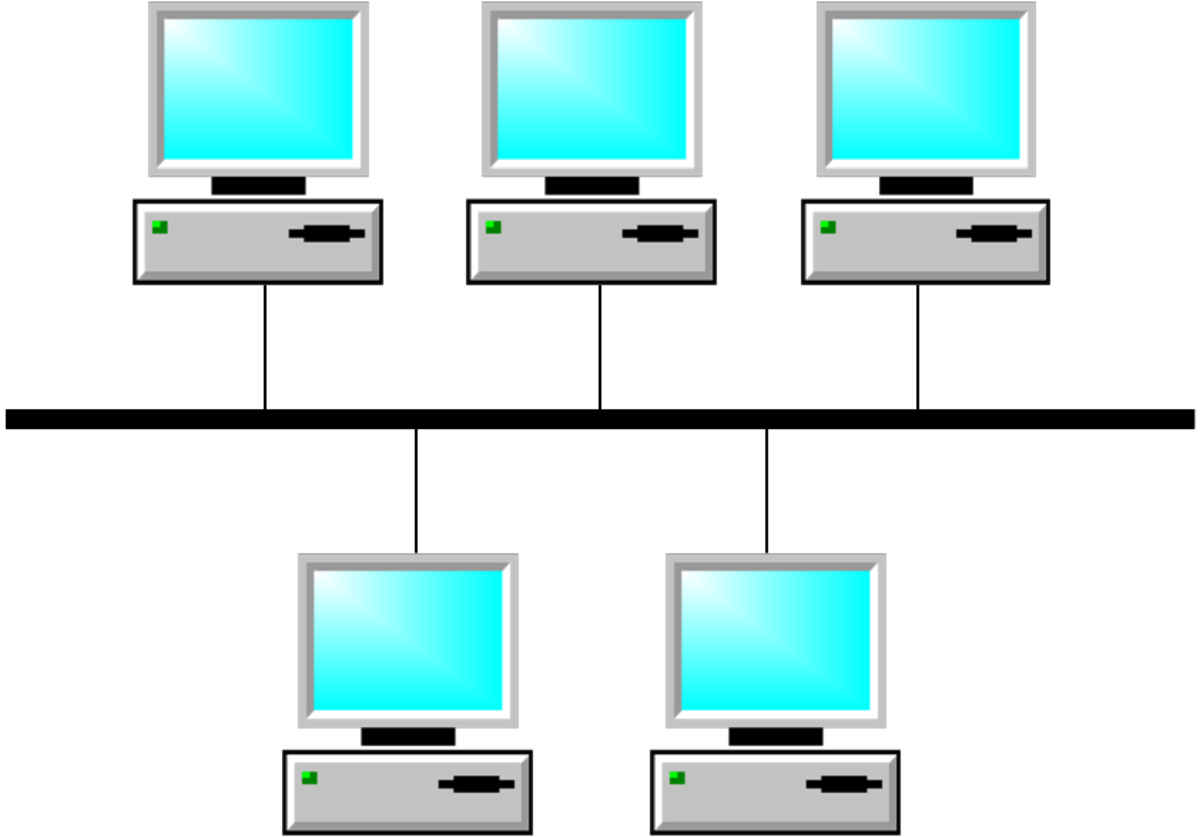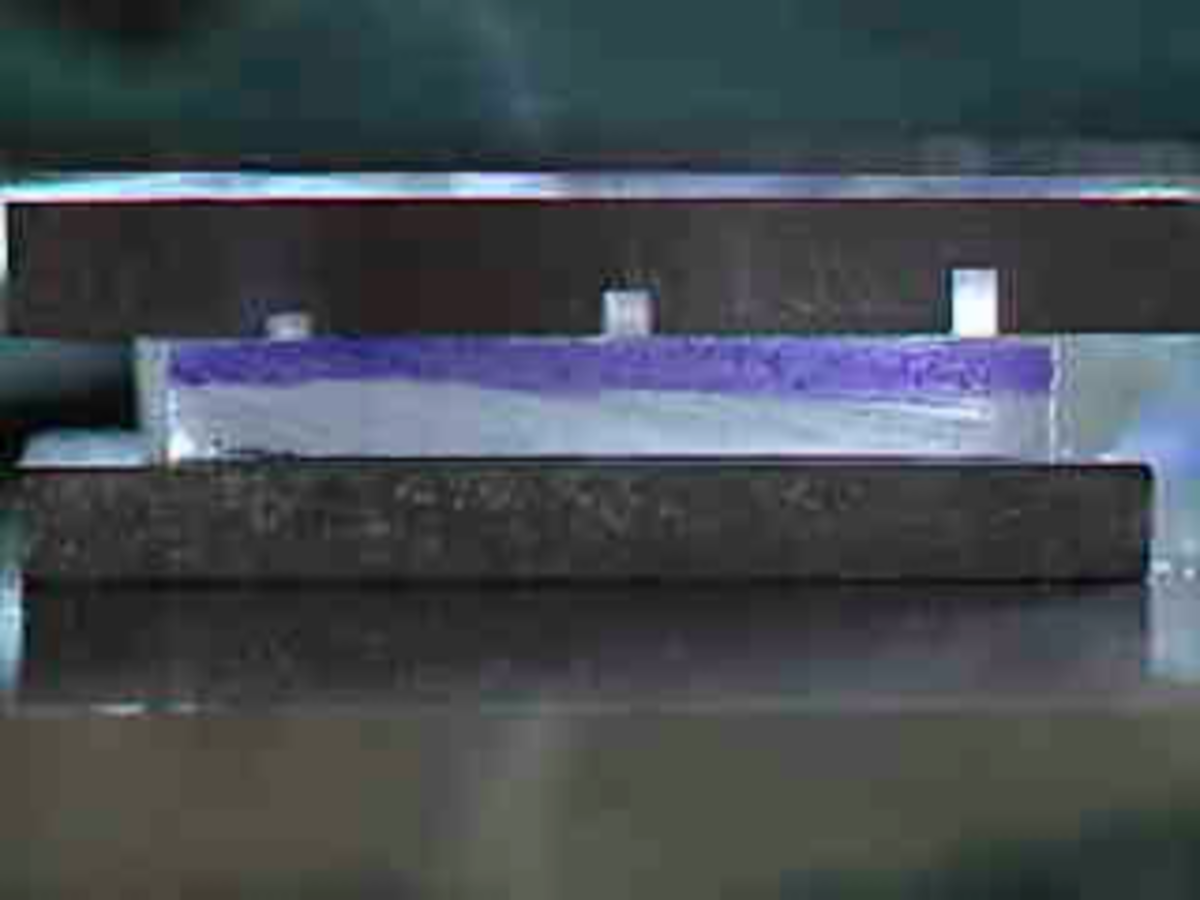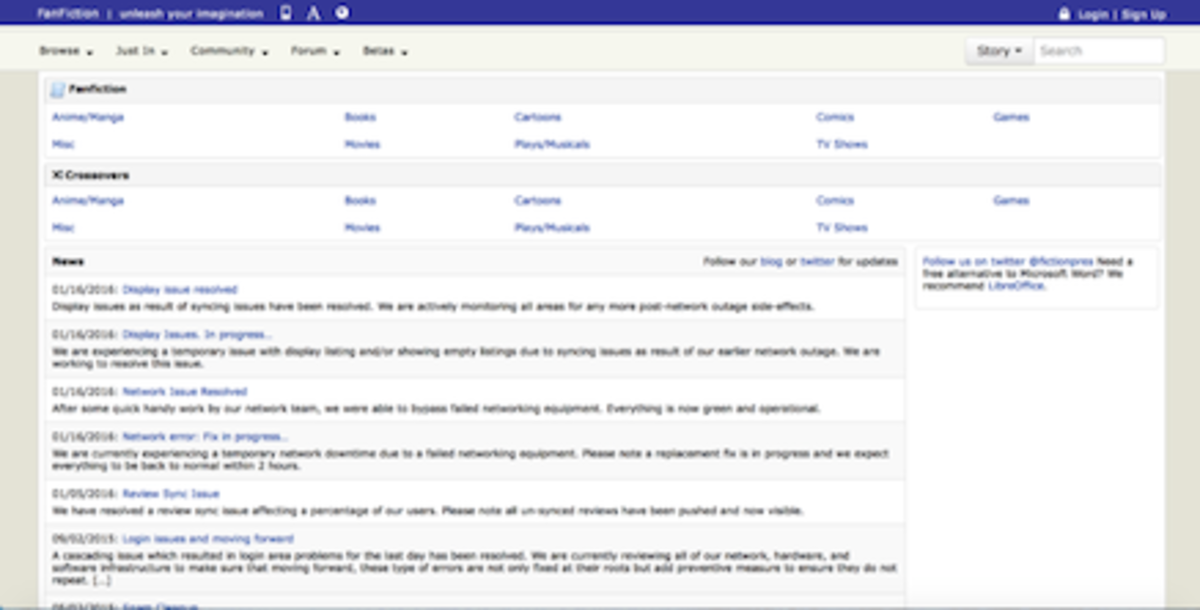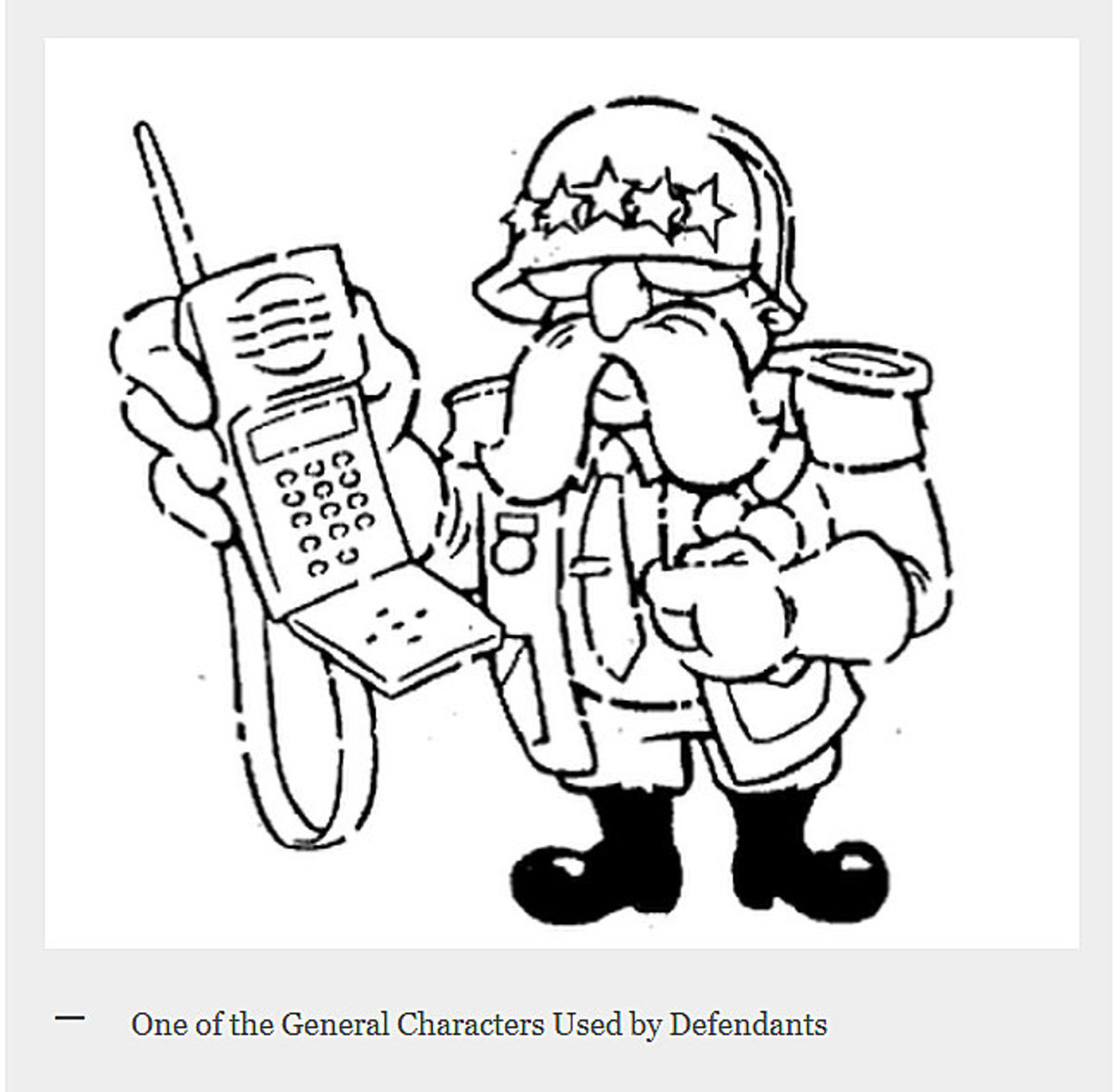3D Printing and the Law
Introduction
3D printing creates the potential for illegal file sharing of 3D manufacturing files, enabling the theft of product designs, the violation of various technology import/export laws and intellectual property laws.

Intellectual Property and 3D Printing
A company's designs for its products are its intellectual property. These designs may be patented, protected by copyright or simply considered a trade secret. Distribution of their 3D printing instruction set is a violation of their intellectual property just as ripping and sharing songs violates the musician's intellectual property rights. Sharing stolen data models may be one crime while replicating them is yet another.
Unlike song sharing, 3D printing requires a physical device to use the plans. When someone uses stolen intellectual property to print something, they are now liable for theft of trade secrets and monetary damages equal to the value of the item they printed, a cost that would be equivalent to the item's market price. 3D designs can certainly be of copyrighted or patented items, and copyrighted in their own right.
One gray area is how the instructions themselves are treated in intellectual property law. For example, while a blueprint of a product's design is patented, the manufacturing instructions on how to build it are more often a trade secret of the company. The code that tells the printer how to create the object may not contain the blue-print of the finished item, but it will create the finished product. Should 3D printing instruction sets be copyrighted as software, patented like the original device, or considered a trade secret?
Replication, Duplication and the Law
3D printing raises interesting conundrums for law enforcement. Let's say someone scans a rare collectable item and saves the specifications. When they print new versions of the original and sell it, they are violating the original manufacturer's intellectual property. However, if the owner makes a replacement item when the first is destroyed, have they violated laws against making fake designer products?
If you scan a rare replacement part and start making them in volume, have the original equipment manufacturer's IP rights been violated? What if the OEM is out of business? Are there still rights to be violated? When do designs become part of the public domain? And does law enforcement have an obligation to regularly review 3D printing files to look for IP infringement in the form of reverse engineering or stolen designs?
3D printing has been making news for its medical applications. New ears and windpipes have been printed using biologically compatible matrices and human cells. 3D printing has been used to make pediatric exoskeletons, letting children use their arms and legs for the first time. If the 3D printed product from a collaborative project is defective, does the patient have any legal recourse?
Let's say you've taken a series of pictures of someone with their consent. Do you have the right to create 3D likenesses of that person as well?

The Case of Distributed Defense
Distributed Defense claims that it is the first group to use 3D printing to create a working gun. The case of Distributed Defense is the first time the First and Second Amendments of the Constitution intersected, barring advertising by the NRA.
Distributed Defense was set up by several college students to create a design for a gun that could be printed using a 3D printer. The gun did successfully fire a bullet when tested. However, repeated tests showed that the gun design was at increased risk of exploding in the barrel instead of sending a bullet hurtling into a target. The gun, due to the plastic used in its manufacture, is more likely to fail after repeated uses because the polymer is not as durable as machined metal.
Distributed Defense sought donations to fund its work, though it had not received 501C3 status before publishing its designs online. The 3D gun blueprints were downloaded at least 100,000 times before the federal government removed the plans and blocked the website. The 3D printed gun design immediately showed up on file sharing sites typically used for media files, such as Bit Torrent, as well as 3D file sharing sites.
This case raises a number of difficult questions. It is illegal for most people to product firearms or components for guns without a permit from the ATF. Is printing a 3D gun thus a violation of laws prohibiting the manufacture of illegal firearms? A file is far more easily shared than physical hardware. And the blue prints have been sent all over the world. Is emailing the blueprint a violation of international arms control treaties?
Can the blue print be shared under the first Amendment, but the actual production of the hardware be restricted as a matter of public safety? What if a company has a license to produce firearms? Can they then produce this design on a 3D printer more often used to make toys, 3D models of buildings or Invisalign braces?
The Mainstreaming of 3D Printing
I have heard jokes that making it big means making it on Amazon. Regardless of the legal debates, Amazon opened a 3D printing store in 2014, which means 3D printing and its attendant legal morass are now mainstream.








